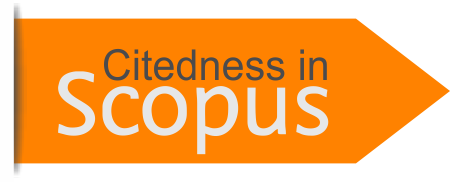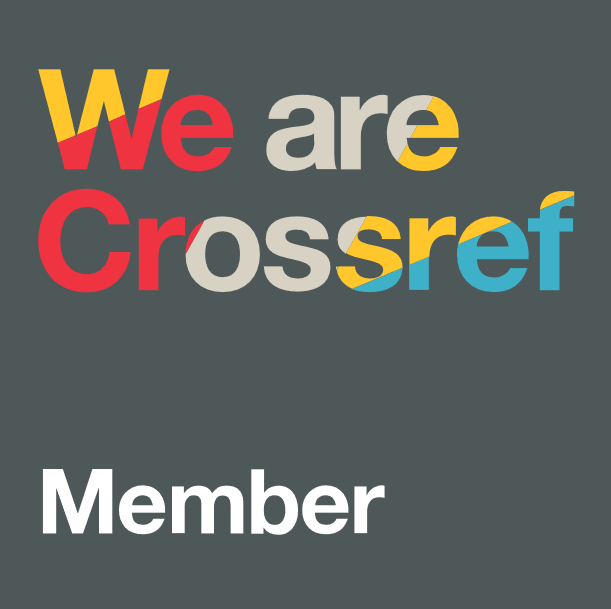The Profile of Learning Independence of Junior High School Students in Learning Mathematics
DOI:
https://doi.org/10.31629/jg.v3i1.380Keywords:
mathematics, learning obstacle, learning independenceAbstract
Abstract
Seeing the condition of the students now, can be seen various characteristics of learners are very diverse. There are active and passive students. There are independent and dependent students who depend on others. In this study researchers will examine the independence of students learning MTSN 5 Jombang, where taken a sample of students who learning independence low, medium and high of the questionnaire given along with consultation with the teacher. After the sample was taken the researchers conducted interviews and requested transcripts of student grades for one semester. The results obtained, students who have high independence have little obstacles in learning and able to solve itself. While students who independence low learning difficult to resolve the learning obstacles. The level of learning independence also affects the results of the value obtained. Students who have high learning independence score above the average of their classmates. Similarly, students who have low learning independence earn a grade below the average of their classmates.
Keywords: Mathematics, Learning Obstacle, Learning Independence
Downloads
References
Depdiknas (2006). Peraturan Menteri Pendidikan Nasional No 22 Tahun 2006 tentang Standar Isi untuk Satuan Pendidikan Dasar dan Menengah. Jakarta.:Depdiknas
Dimyanti dan Mudjiono. (2013). Belajar dan Pembelajaran. Jakarta: Rineka Cipta.
Irzan Tahar. (2006). Hubungan kemandirian belajar dan hasil belajar jarak jauh. (http//:jurnalpendidikanterbukadanjarakjauh.html. Diakses pada 14 September 2017)
Karunia. (2014). Implementasi BRAIN-BASED LEARNING untuk meningkatkan kemampuan koneksi dan kemampuan berpikir kritis serta motivasi belajar siswa smp. Jurnal Pendidikan UNSIKA.
Maksum, A. (2008). Metodologi penelitian dalam olahraga. Surabaya: Fakultas Ilmu Keolahragaan, Universitas Negeri Surabaya.
Prihatini, Prima. S. (2009). Kontribusi Iklim Kelas. Motivasi dan kemandirian Belajar Siswa terhadap Prestasi Belajar Siswa Kelas VII Semester II SMP Negeri 3 Jepara Tahun Ajaran 2008/2009.
Syarifah, A. (2011). Peningkatan Kemandirian dan Hasil Belajar Siswa Menggunakan Model Problem Based Learning dalam Pembelajaran Matematika di Kelas VII SMP Negerei 2 Sungai Raya Kabupaten Kubu Raya . (Skripsi). Pontianak : FKIP Untan.
Sagala, S. (2009). Kemampuan Professional Guru dan Tenaga Kependidikan. Bandung: Alfabeta.
Suharso & Retnonigsih, A.. (2005). Kamus Besar Bahasa Indonesia. Semarang: Widya Karya.
Tahar,. (2006). Hubungan kemandirian belajar dan hasil belajar pada pendidikan Jarak Jauh. Hal (91-101).
Zumbrunn, S., Tadlock, J., & Danielle, E. R. (2011). Ecouraging Self-Regulated Learnng in the Classroom A review of the Literature. Virginia: Virginia Commonwealth University.


















